Béchamel sauce, also known as white sauce, is a classic French sauce that serves as a versatile base for countless dishes in French cuisine and beyond. With its creamy texture and delicate flavor, Béchamel adds richness and depth to a wide range of savory dishes, from pasta to gratins to soufflés. Learning to master the art of making Béchamel sauce is a fundamental skill for any home cook or aspiring chef.
(more…)Author: parislove
-
Ratatouille: Taste of history on your plate
Ratatouille is not just a dish, it is a true culinary legend that transports us into the world of aromas and flavors of the French countryside. It is an exquisite combination of vegetables, spices, and traditions that captivates the imagination and satisfies the most discerning palate.
The history of ratatouille dates back to the depths of France’s past. It is first mentioned in culinary literature of the 18th century, but its real popularity came later, thanks to the famous animated movie of the same name, which only heightened interest in this gastronomic delicacy.
The main ingredients of ratatouille are eggplants, zucchini, tomatoes, onions, peppers, and garlic. The vegetables are diced and simmered in olive oil with the addition of herbs and spices such as thyme, rosemary, and basil, which enrich the dish with their aroma.
Ratatouille is not only a delicious dish but also a real feast for the eyes. When served properly, the vegetables are arranged in a baking dish in the form of a colorful mosaic pattern, giving the dish additional refinement and aesthetic appeal.
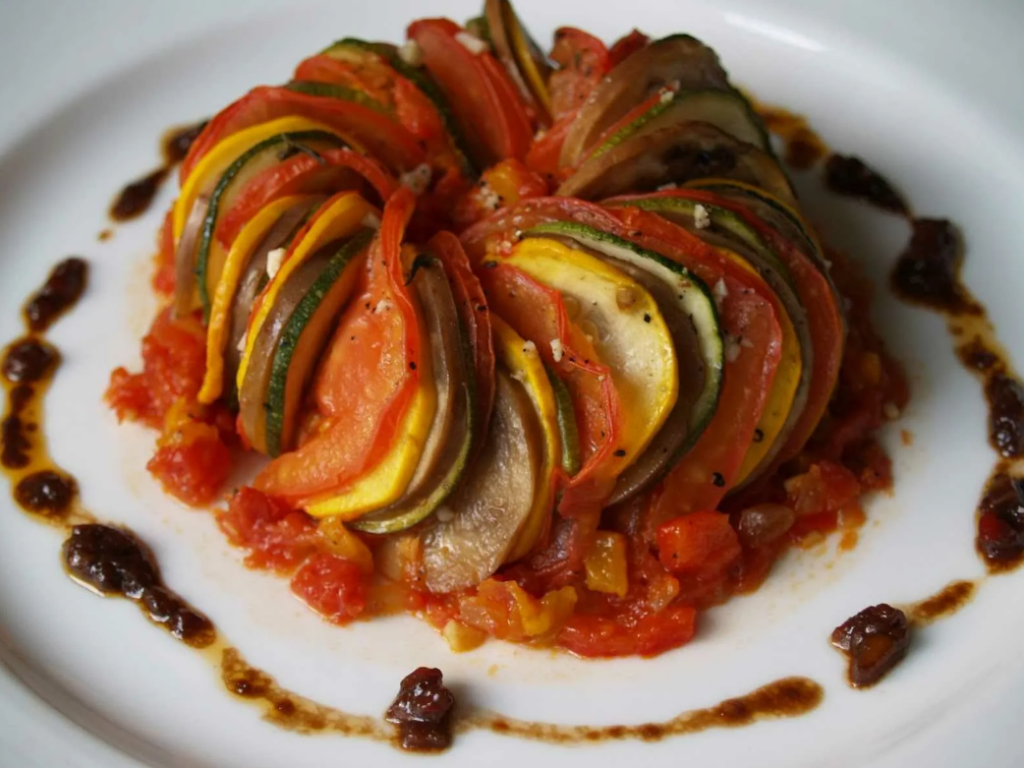
While the original French recipe for ratatouille is simple and accessible, there are many variations of this dish in various culinary traditions. For example, in Mediterranean cuisine, it may be complemented with olives and capers, while in Italian cuisine, mozzarella and balsamic vinegar may be added.
Making ratatouille is a true creative process, where each step is filled with love for food and respect for traditions. This dish not only nourishes the body but also soothes the soul, reminding us of the wonderful moments of family dinners and gatherings with loved ones.
Thus, ratatouille is not just food; it is a true symbol of gastronomic and cultural heritage that can unite us around the table and bring joy and satisfaction to everyone who tries it.
-
The Art of Making Authentic French Onion Soup
In the culinary world, French onion soup holds a special place, captivating with its refined taste and aroma. This exquisite delicacy not only delights gourmets but also becomes a true art of preparation for those who strive to create something unique in the kitchen.
One of the key ingredients for this dish is, of course, onions. It is important to choose high-quality bulbs that will serve as the foundation for the rich and flavorful soup. The onions are finely sliced and sautéed over low heat to achieve a golden caramelization, adding sweetness and fragrance to the dish.
However, the magic of French onion soup is not limited to onions alone. Select herbs such as thyme and bay leaves impart sophistication and a distinctive flavor profile. The broth used for the soup can be vegetable or chicken, with prolonged simmering to extract all the juices and flavors of the ingredients.
An integral part of the recipe is the toasting of bread croutons with cheese, which are then placed on the surface of the soup and grilled. This touch not only adds texture to the dish but also imparts a unique taste, creating a harmonious blend of flavor nuances.
The finished French onion soup is a true sensory delight. Each spoonful combines warmth, tenderness, and aroma, revealing the richness of French culinary tradition to the gourmet. Making this dish is not just a culinary process; it is a genuine artistic endeavor that results in an incomparable culinary masterpiece.
-
Feasts and Festivals: a cinematic celebration of festive joy
Immerse yourself in the atmosphere of fun and joy of the holidays with this selection of films in which feasts, celebrations and festive moments become a source of inspiration and magic. From heartfelt stories about family and Christmas magic to culinary delights and fun adventures, each of these films brings a unique atmosphere of joy and magic of festive events.
Here’s a collection of films centered around feasts, holidays, and joyful celebrations:
1. “The Christmas Chronicles” (2018)
– This heartwarming film “The Christmas Chronicles” follows the adventure of two siblings, Kate and Teddy, who embark on a quest to capture Santa Claus on camera. However, their plan goes awry, and they find themselves joining forces with Santa to save Christmas. With festive themes and a heartwarming atmosphere, this movie captures the essence of the holiday season.
2. “The Holiday” (2006)
– A romantic comedy about two women who exchange homes for the holidays to escape their respective relationship woes. As they embrace the holiday spirit in their new surroundings, they both find love and joy in unexpected places.
3. “A Christmas Story” (1983)
– Set in the 1940s, this classic film follows young Ralphie Parker as he dreams of receiving a genuine Red Ryder BB gun for Christmas, despite warnings from adults that he’ll shoot his eye out. Filled with nostalgic holiday moments and family gatherings, this movie captures the essence of Christmas from a child’s perspective.
4. “Home Alone” (1990)
– When eight-year-old Kevin is accidentally left behind during the holidays, he must protect his home from bumbling burglars using an array of inventive booby traps. With a mix of comedy and heartwarming moments, this film embodies the holiday spirit and the importance of family.
5. “Babette’s Feast” (1987)
– This Danish film tells the story of a French refugee who prepares a sumptuous feast for a small, devoutly religious community. As the characters indulge in the exquisite meal, the evening becomes a transformative experience, filled with joy, forgiveness, and celebration.
These films capture the spirit of joyful celebrations and special moments shared around the dining table during the holiday season. Whether through heartwarming family stories, festive magic, or culinary delights, each film provides a unique perspective on the joy of togetherness and celebration during special occasions.
-
How to Make the Perfect Croissant: Step-by-Step Recipe

Nothing quite matches the pleasure of a fresh, crispy croissant, which crumbles into thousands of delicate bread layers at the first touch. In this article, we present to you a step-by-step recipe for making this French delicacy at home, so you can enjoy the perfect croissant in the comfort of your own kitchen.
Ingredients:
- 2 cups all-purpose flour
- ¼ cup sugar
- 1 teaspoon salt
- 1 cup milk
- 1 cup butter
- 1 egg for brushing the croissants before baking
Step 1: Making the Dough
Combine the flour, sugar, and salt in a large bowl. Add the milk and mix until a uniform dough is formed. Set it in a warm place to rise for 1 hour.Step 2: Rolling Out the Butter Layers
Roll out the butter between two sheets of parchment paper into a rectangular shape. Place it in the refrigerator for 30 minutes.Step 3: Layering the Dough and Butter
Roll out the dough into a rectangle, place the layer of butter on the dough, then fold the dough over the butter. Repeat this process three times to create a layered texture.Step 4: Cutting and Shaping the Croissants
Roll out the dough to a thickness of 1 centimeter. Cut out triangles and roll them into croissant shapes. Leave them to rise for 30 minutes.Step 5: Baking
Brush the croissants with beaten egg and bake in the oven at 200 degrees Celsius for about 15-20 minutes, until they turn golden brown.Step 6: Enjoyment
Let the croissants cool slightly before indulging in their delicate crispy texture. Serve with jam, butter, or your favorite filling.With this recipe, you’ll be able to create the perfect croissant right in your own home and treat yourself and your loved ones to the incredible taste of French classic.
-
Review of French Kid-Friendly Cafés: Where to Find the Best Desserts for Children in France
France, renowned for its rich culinary heritage, is a treasure trove of delightful flavors and delectable treats that cater to both adults and children. When it comes to indulging in the finest desserts for little ones, French kid-friendly cafés stand out as havens of sweetness and joy, offering a delectable array of treats that are sure to delight even the pickiest young eaters.
In the heart of Paris, amid the bustling streets and charming boulevards, lie a plethora of enchanting cafés that embrace the art of crafting irresistible desserts for children. From the iconic Berthillon on the Île Saint-Louis, known for its artisanal ice creams that come in an array of whimsical flavors, to the cozy Le Pain Quotidien, which entices young palates with its freshly baked pastries and indulgent hot chocolates, these cafés embody the essence of French culinary excellence tailored for little ones.

Venturing beyond the vibrant city of Paris, one can discover a treasure trove of hidden gems scattered across the French countryside. From the picturesque town of Annecy to the sun-kissed shores of Nice, an array of charming cafés beckon families to experience the warmth of French hospitality intertwined with the sweetness of local delicacies. Places like Au P’tit Grec in Nice, renowned for its delectable crepes adorned with a medley of sweet toppings, and Le Fournil de la Mandoune in Annecy, which entices young taste buds with its mouthwatering array of traditional French pastries, serve as havens of gastronomic delight for families traveling through France.
What sets these French kid-friendly cafés apart is not just their delightful desserts but also their commitment to creating a welcoming and enchanting atmosphere for children. From whimsical décor that sparks the imagination to carefully curated menus that cater to young taste buds, these cafés go above and beyond to ensure that every visit is a memorable experience for the whole family.
So, whether you find yourself strolling through the cobblestone streets of Paris or exploring the quaint villages nestled in the French countryside, be sure to stop by one of these charming kid-friendly cafés. Let the aroma of freshly baked treats and the warmth of French hospitality envelop you as you embark on a delectable journey through the enchanting world of French desserts specially crafted for the little ones.
-
French Cuisine for Kids: How to Engage Children in Cooking French Dishes
Introducing the rich and diverse world of French cuisine to young palates can be an exciting culinary adventure for both kids and parents alike. From buttery croissants to savory ratatouille, French cooking offers a delightful array of flavors and textures that can captivate even the most discerning young eaters. Engaging children in the process of preparing these delectable French dishes not only fosters a love for good food but also instills essential cooking skills and cultural appreciation from an early age.
One of the best ways to introduce children to the wonders of French cooking is through interactive cooking sessions that emphasize hands-on participation. Encouraging kids to get involved in the preparation process, whether it’s kneading dough for baguettes or assembling colorful vegetable tarts, can nurture their curiosity and creativity in the kitchen.
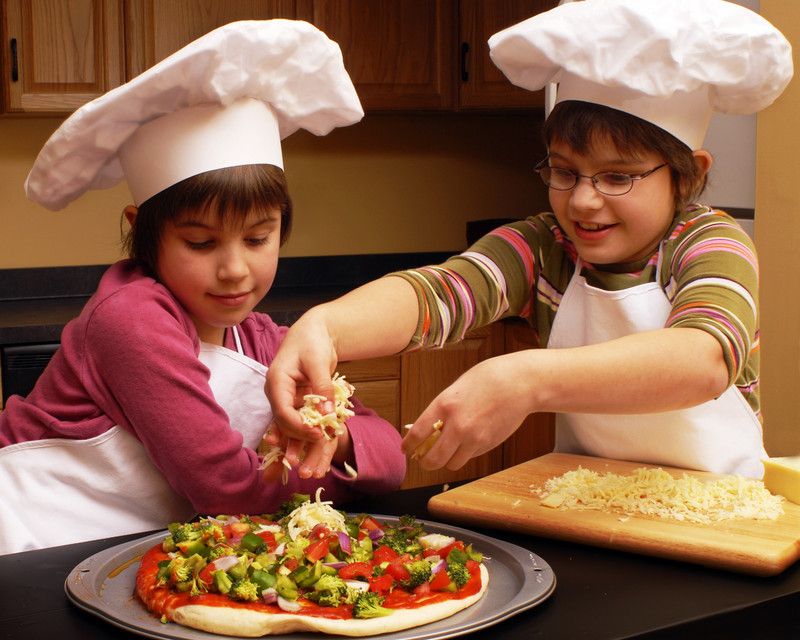
Moreover, exploring the vibrant palette of French flavors can be a delightful learning experience for young chefs. From the sweetness of fresh berries in a classic clafoutis to the savory richness of a hearty coq au vin, French cuisine offers a medley of tastes that can broaden children’s culinary horizons and encourage them to embrace a diverse range of ingredients.
Incorporating age-appropriate cooking techniques, such as whisking, stirring, and simple knife skills, not only makes the cooking process more accessible but also empowers children to develop a sense of confidence and accomplishment in the kitchen. Moreover, discussing the cultural significance of various French dishes and ingredients can foster an understanding and appreciation of different culinary traditions and practices around the world.
By involving children in the preparation of French dishes, parents can cultivate a positive relationship with food that extends beyond mere consumption. Teaching them the importance of fresh, seasonal produce and the value of mindful eating can lay the foundation for a lifelong appreciation of wholesome, nutritious meals.
Ultimately, introducing French cuisine to children is not just about creating delicious meals but also about nurturing a sense of exploration, creativity, and cultural understanding. By involving young chefs in the vibrant world of French cooking, parents can instill a love for good food and an appreciation for the art of culinary expression from an early age.
-
The Art of French Baking: Traditional Desserts That Evoke Childhood Memories
There’s something magical about the art of French baking that transcends generations and lingers in our memories. From the delicate aroma of freshly baked pastries to the intricate layers of flaky croissants, French desserts hold a special place in many of our childhood recollections. These time-honored treats not only tantalize our taste buds but also evoke a sense of nostalgia, reminding us of carefree moments spent savoring these delectable delights.
French baking is an intricate dance of precise techniques and quality ingredients, resulting in an array of mouthwatering creations that have stood the test of time. Among the numerous traditional desserts that are emblematic of childhood bliss, a few classics hold a particularly cherished spot.
One cannot speak of French baking without mentioning the iconic madeleine. This petite shell-shaped sponge cake, with its soft, buttery texture and hint of citrus, transports many back to afternoons spent indulging in its delicate flavors alongside a cup of warm tea. Its simplicity belies the intricate craftsmanship required to achieve that perfect golden hue and light, airy crumb.
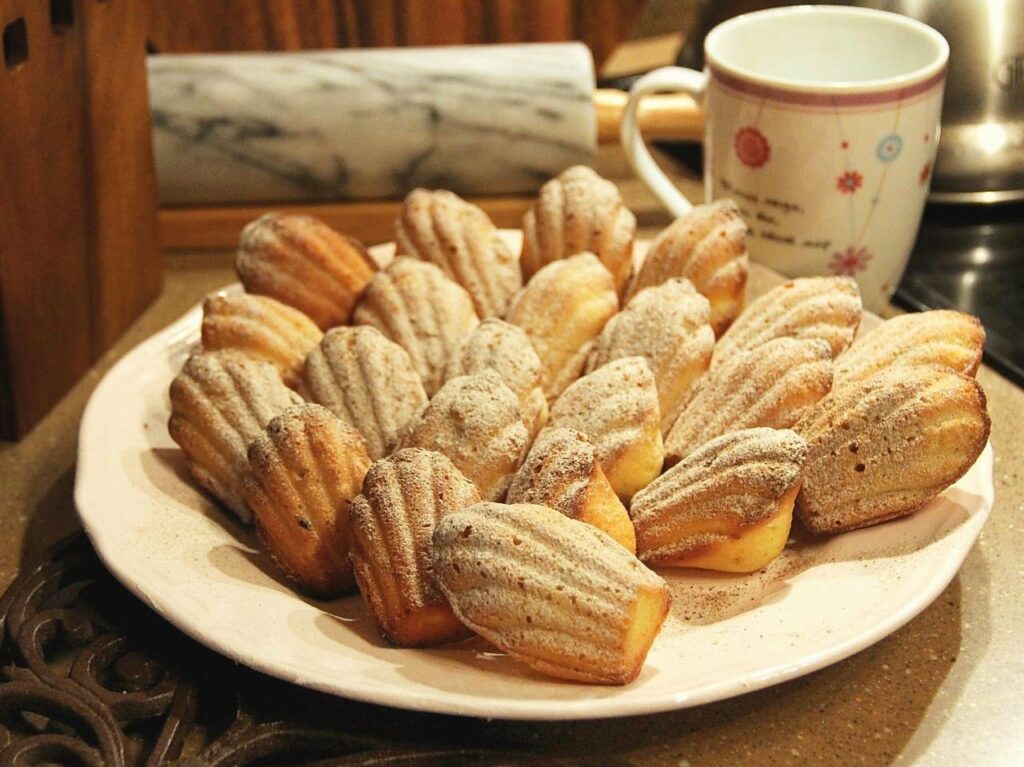
For those with a penchant for flaky, buttery pastry, the memory of biting into a freshly baked pain au chocolat can elicit a wave of nostalgia. This quintessential French viennoiserie, with its rich, dark chocolate encased within layers of crisp, golden dough, has been a staple in French bakeries for generations. Its unmistakable aroma and indulgent taste have remained a beloved treat for both young and old.
And then, of course, there’s the alluring tarte Tatin, with its caramelized apples nestled beneath a buttery, golden crust. The sweet aroma of caramelized sugar and warm apples infuses the air, instantly conjuring memories of cozy family gatherings and the comforting warmth of home. This rustic yet elegant dessert embodies the heartwarming essence of French culinary traditions.
French baking, with its emphasis on precision, patience, and quality ingredients, not only produces delectable pastries but also serves as a conduit to cherished childhood memories. As we savor these timeless desserts, we are transported to simpler times, where the joy of a perfectly crafted treat could brighten even the cloudiest of days.
In every flake of pastry, in every bite of a delicate confection, the art of French baking preserves the essence of childhood, allowing us to relive moments of sweetness and simplicity, one delectable bite at a time.
-
9 Of The More Useful Kitchen Gadgets You Should Have In Your Kitchen
Salad Spinner
Everyone loves the usefulness of a salad spinner. It may take up a bit more room in your cupboards but can also serve as a handy storage bowl when it comes to your freshly washed salad leaves.
Microplane Zester
This classic gadget works well on a variety of items such as citrus, chocolate and hard cheeses.
Mandoline Slicer
This is definitely one of the favorites and can speed up tasks in your kitchen. This tool juliennes, minces and slices. Just make sure you watch your fingers.
Garlic Press

A popular favorite, especially for the people who frequently prepare meals that include 10 to 15 minced garlic cloves.
Thermometers
Like the timers, the thermometer is not usually thought of as a type of gadget. However, they are classified as designed tools that include one of the essentials inside a kitchen. This is the type of gadget that does away with the guesswork. You can read useful Kitchen Gadget Lab reviews for you to choose the right one. You may want to invest in 3 which includes the deep fry, oven and instant read.
Manual Juicer
Not everyone makes use of their juicers every day, but for the type that do, the well-designed juicers and far better than a citrus juicer or small reamers. The powerful juicers are the ideal gadgets for individuals that prefer fresh juices or the one that bake cakes that contain lemon juice.
VeggiChop
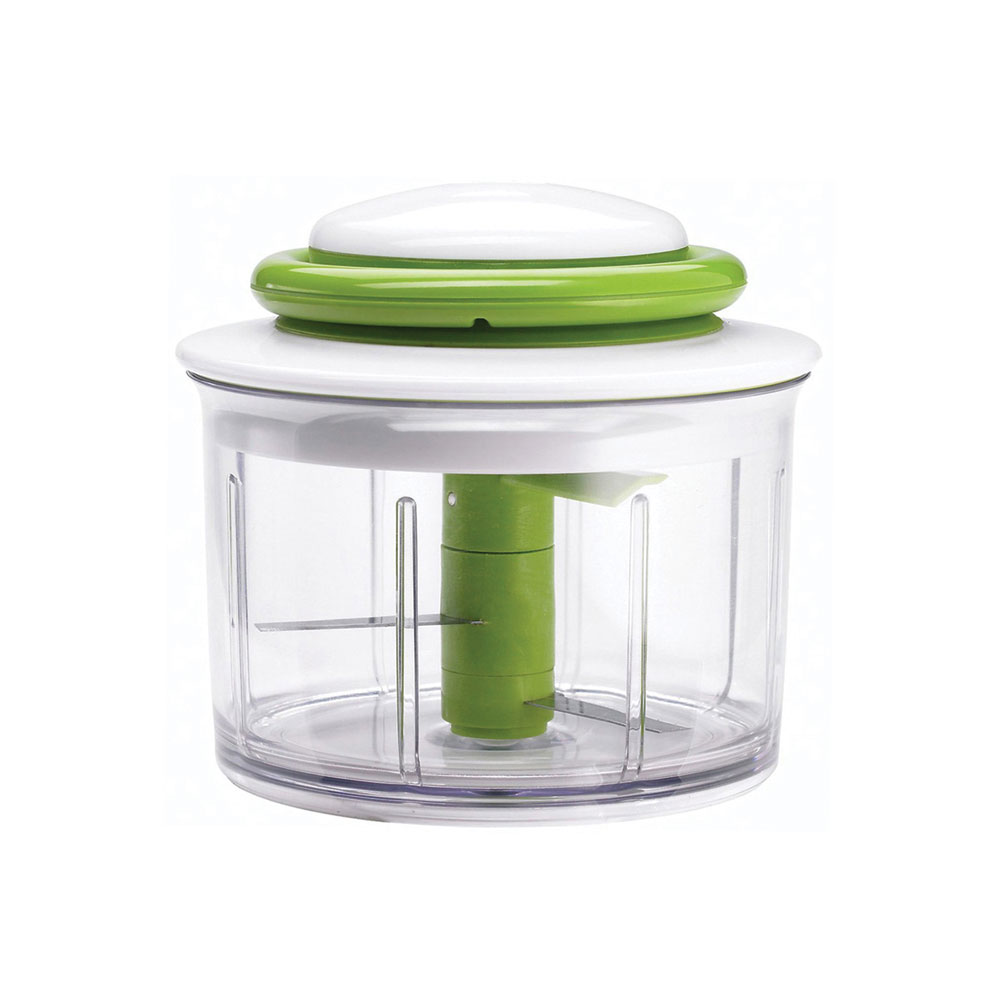
One of the favorites for many homeowners, this a small manual food-processor which will become your consistent companion, especially in the summer months. It is ideal for making the perfect salsas, rubs and dips, and is far easier and lighter to clean in comparison to a food processor.
Pepper Mill
Investing in a durable pepper mill is one of the most important gadgets for just about any kitchen and is one of the classic examples of how some of the tools serve only one purpose. You could use your spice mill for pepper, but when you use a lot of pepper, using a spice mill would be impractical.
Electric Can Opener
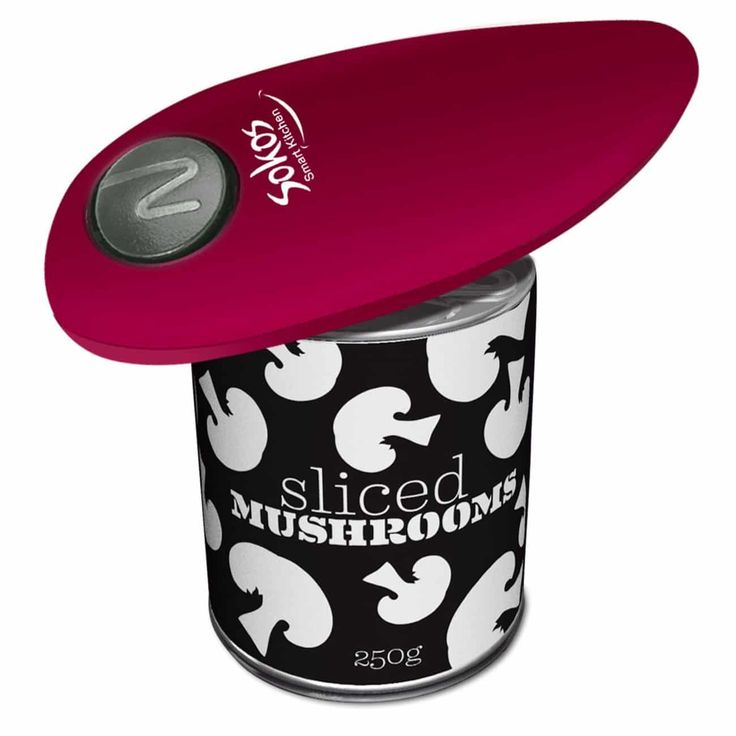
A good can opener is one of those great gadgets, with no other tool that can really replace it.
-
Cooking on Countertop Convection Ovens
If you are serious about your cooking we recommend you look at countertop convection ovens. These kitchen lifesavers can do almost anything that your conventional oven can while using less electricity and without generating extra heat in the kitchen. The list of considerations is pretty short, what size should you choose and what features are important for how you cook? If you aren’t sure what convection cooking is, click on the link below to learn more. If you are already on board with this efficient cooking technique, read on!
What Size Should You Get?
If you do a lot of cooking you may feel like bigger is better. It’s true that the larger ovens (33 liters or 1.15 cubic feet and up) can handle up to a 13lb turkey, but do you really need that much on a regular basis? There is a downside to the largest ovens beyond the actual “footprint” on your countertop. The larger the oven cavity, the longer it takes to come up to temperature. Countertop convection ovens run on a standard 110-volt electrical circuit which maxes out at 1800 watts. Your conventional oven is wired into a 220-volt circuit and has a lot more wattage. So, if you don’t really plan to use the extra cooking space very often, you could be better served by choosing a medium sized oven in the 20 liter (.7 cubic feet), to 26 liter (.91 cubic feet) range that will heat up more quickly for day in day out kitchen duty.What Features Should You Consider?
There are quite a few additional features to be considered. Most common are rotisserie function, oven light, digital controls, non-stick interior, extra racks, “stay on” and a 2-hour timer (basic units typically have a 1-hour countdown timer). The stainless steel exterior is another common feature that does nothing functionally but sure looks nice. Expect to pay another $15 to $20 for stainless, but if you like it go for it! All of these features have a cost, so expect to pay a bit more for them. Must have features we recommend are non-stick interior for easy cleanup, digital controls for more accurate temperature control and the rotisserie feature. The other features are nice to have, but not necessary if the price is an issue.A Note on Temperature Control
Here is a tip on thermostats in countertop ovens. They aren’t very accurate! All countertop ovens are fairly “low tech”. The plus or minus on the thermostat can be as much as 54 degrees for a manual control oven. That is a total variation of 108 degrees! Digitally controlled ovens are better, but still not great, plus or minus 27 degrees. For most needs, this is not a problem. But if you are doing some serious food prep or baking, we recommend getting an oven thermometer and experimenting with your oven to get a feel for the thermostat in your oven.